1010233210 Construction Materials
Unit I Construction Materials and Properties
1.1
Introduction
History of building materials-Conventional building materials-New and advanced materials -Eco friendly and green construction materials(Definition and any five materials )- Energy efficient and sustainable building materials(Definition and any five materials).
1.2 Properties of construction Materials
Density-Specific gravity – Porosity-Water absorption – Permeability – Chemical resistance-weathering resistance-Fire resistance-Thermal conductivity-Thermal expansion-sustainability to freezing and thawing – Durability-Factors affecting durability of building materials.
1.3.Aggregates
Classification of aggregates -Natural aggregates -Artificial aggregates – Light weight aggregates-Heavy weight aggregates-Recycling of aggregates.
1.4.Water
Requirements of water used in construction works-Effects of presence Sulphates and chlorides in water-Permissible limits of deleterious materials as per Indian standard, IS456:2000.
Unit II Bricks, Masonry blocks, Ceramic products, and Glass
2.1 Clay bricks
Brick-Brick earth-Composition of good brick earth-Classification and grades of bricks as per BIS-Compressive strength-Characteristics of good brick-Special types of brick and uses.
2.2. Masonry blocks
Masonry blocks-Constituents, Properties, Characteristics and uses of- Fly ash bricks- Solid blocks- Hollow blocks,-AAC blocks.
2.3 Ceramic Products
Ceramic products- Properties, Characteristics and uses of Earthenware-Stoneware-Porcelain-Terracotta-Ceramic Tiles-Glazed tiles-Thermal care tiles-Roof tiles.
2.4 Glass
Definition-Constituents of glass-Classification of glass-Size and thickness.
Unit III Cementitious materials
3.1 Cement
Cement – Composition of Ordinary Portland cement-Portland Pozzolanic cement -Grades of cement-Water cement ratio-Hydration of cement- Setting of cement- Formation of Bogus compounds..
3.2 supplementary cementitious materials
Pozzolanic materials-Fly ash-Types-Ground Granulated blast furnace slag- Silica fume- Natural Pozzolans.
3.3 Lime
Sources of lime-Classification of lime-Uses of lime-Slaking of lime-Lime
Mortar -Lime putty-Uses.
3.4. Bituminous materials
Introduction-Bitumen-Tar-Asphalt-applications.
Unit IV Timber, mortar, Concrete, Protective materials and Coatings
4.1.Timber and wooden products
Classification of Timber-Seasoning of Timber-Methods of seasoning- Defects in Timber-Preservation of Timber-Wood Products.
4.2 Mortar
Introduction-Classification-Characteristics of good mortar- mix ratios for different works-Grouting-Guniting.
4.3 Concrete
Concrete-Production- Mix ratios-Mixing-Workability-Ready mix concrete— Strength of concrete-Non-destructive test on Concrete-Durability-factors affecting durability of concrete.
4.4 Protective & Insulating materials
Damp proof–Water proof-Termite proof –Pest control in buildings-Heat insulating materials-Sound insulating materials.
4.5. Paints and Varnishes
Introduction-Characteristics of ideal paint-Types of paints-Distemper- Varnishes.
Unit V Metallic, Plastic and Composite materials
5.1.Metals and composites
Metals used in construction-Steel-Galvanised iron-Stainless steel -Pipes-Structural steel-Market forms of steel sections-cold formed Light gauge sections- Aluminium and Composites.
5.2 Plastics in construction
Plastics –Characteristics – plastic products-PVC pipes-UPVC Pipes, Doors and windows, Water tanks-CPVC-PVC materials used in water supply, sanitary and electricity plumbing- Standards as per BIS.
5.3. Roofing materials
Types of roofing materials- RCC-AC Sheets-G.I Sheets-Galvalume sheets-Insulated roofing sheets-False ceiling-Materials used for false ceiling.
5.4. Elevation and façade materials
Importance of facade design in architecture-Types of materials used–Insulated glass, Aluminum composite panels, Fibre cement, Wood Plastic composites, cladding- types

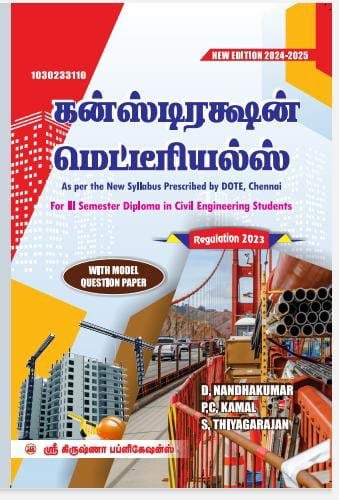
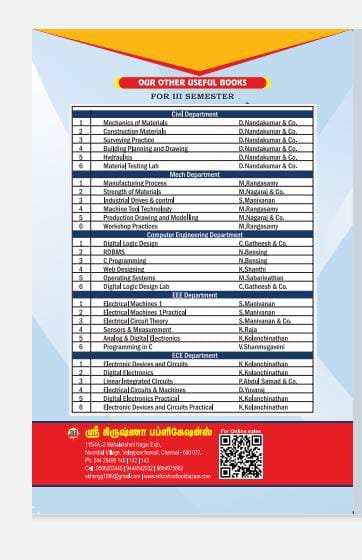
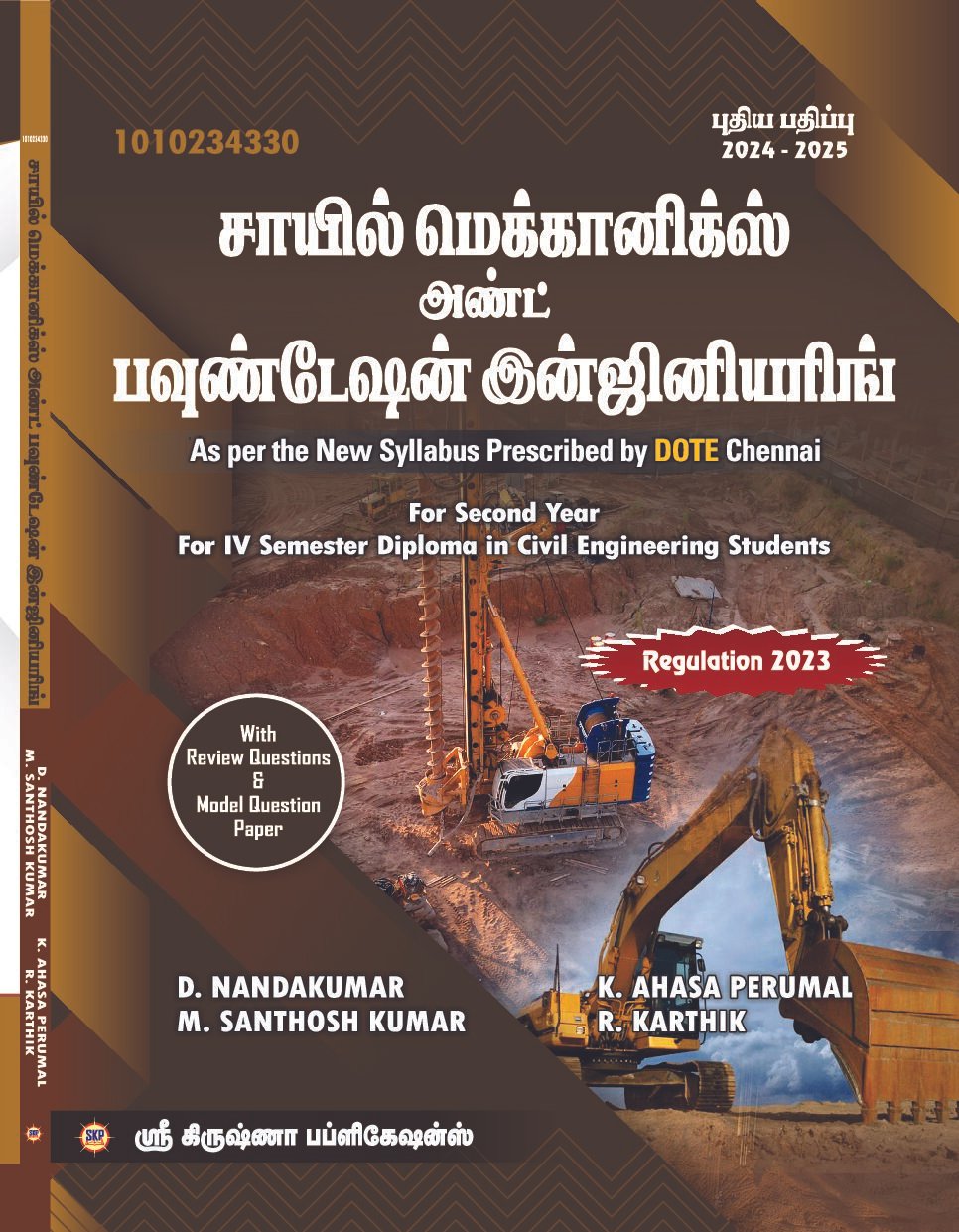
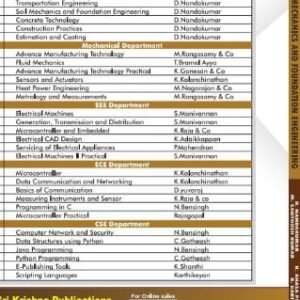
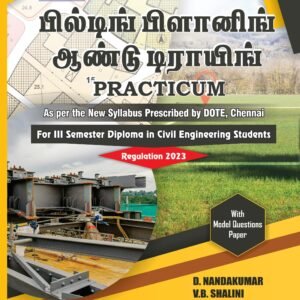






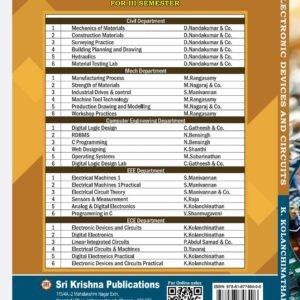


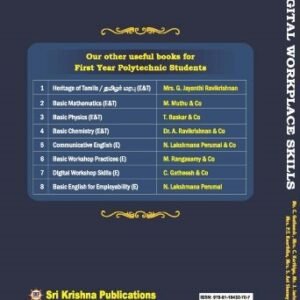
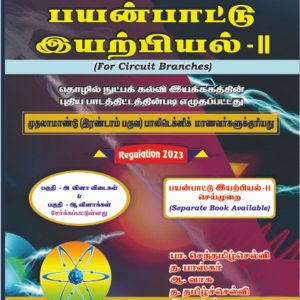

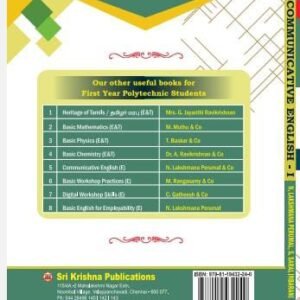

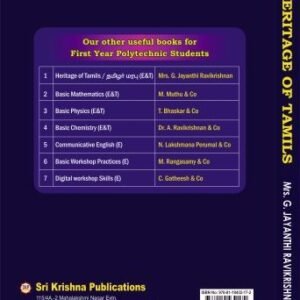
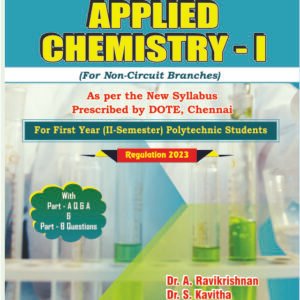
Reviews
There are no reviews yet.